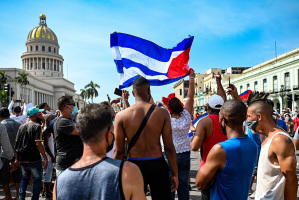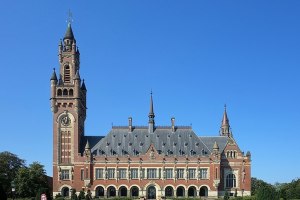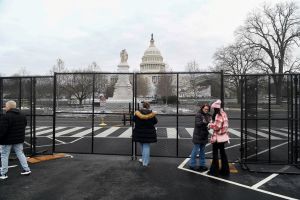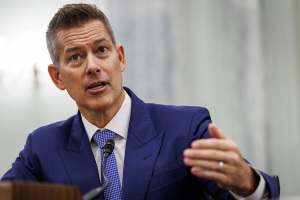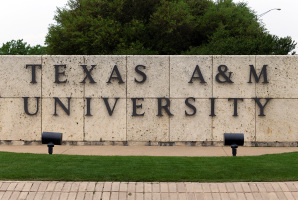New Google technology reveals never before seen details of 'The Last Supper'
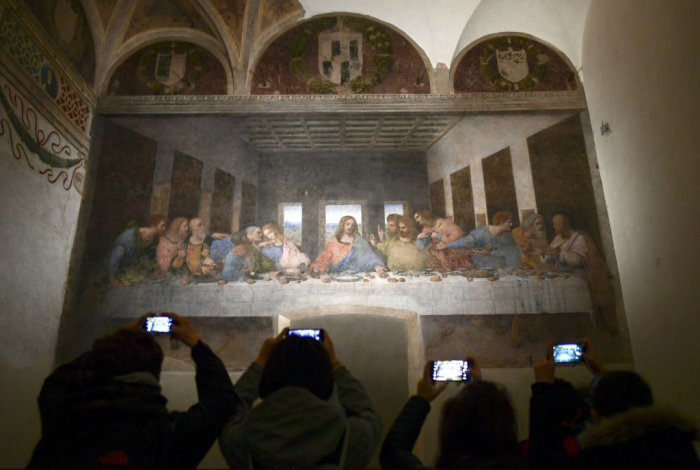
Through the use of Gigapixel digital camera technology, people can now get an up-close look at Leonardo Da Vinci's masterpiece "The Last Supper."
Millions have traveled to Milan, Italy, to see the beloved painting which depicts Christ and His disciples at the Last Supper, which has been slowly deteriorating for years. The Last Supper is housed by the refectory of the Convent of Santa Maria delle Grazie.
According to the U.K. Times, a Gigapixel camera from Google enables viewers to zoom in closer than ever before to see images of the world's greatest works of art. An "art camera" team from the tech giant spent hours making high-resolution images of the most highly regarded early copy of the famous painting, which was completed in 1498.
The copy of the original painting began fading within years of completion because Da Vinci used an experimental technique instead of the traditional fresco.
"Google Arts & Culture has spent the past year there creating Gigapixel images of 20 of its most renowned artworks including 'The Last Supper,' which is thought to have been created by Giampietrino or Boltraffio, who were pupils of Leonardo," the U.K. Times reported.
Now completed, viewers can see the smallest of details that are hard to see in the copies of the painting or have been lost from the original.
"You can really zoom into the finest level of detail like never before," said Luisella Mazza, head of global operations at Google Arts and Culture.
"It makes the invisible visible."
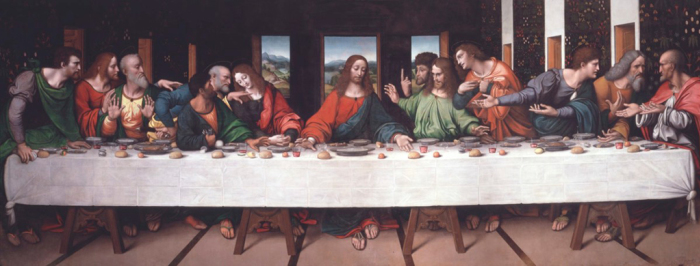
The feet of Jesus in the original mural were cut off when a door was put into the wall of the refectory on which Leonardo painted, where he applied paint onto dry plaster using egg tempera instead of painting on wet plaster.
Among other details that can be seen with the new camera that are all but missing from the original mural is the finger of Thomas, which is gesturing in way that points to his later doubts about Christ's resurrection. It also shows the hand of Judas Iscariot, the disciple who betrayed Jesus, clasping a bag of money.
The new gigapixel art camera has been in use for the past decade at museums and galleries worldwide and is custom-made to create hundreds of high-resolution close-up images of paintings. The technology utilizes a laser and sonar to capture the most intricate details of paintings that are subsequently stitched together into a "billion-pixel" image.
Mazza said the close-up digital image of "The Last Supper" was only the beginning of future endeavors where other great works will also be examined using advanced technology.
"You can see brushstrokes, cracks in the painting. In real life it would be very hard to get close to the artwork for security reasons and even if you could get close enough, how long could you really stand in front of an artwork to examine all these fascinating details," she said.
















